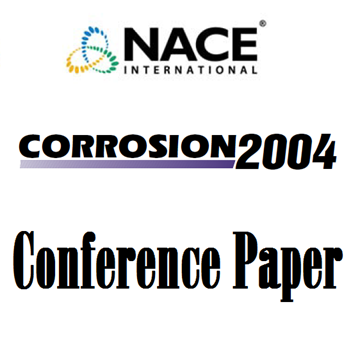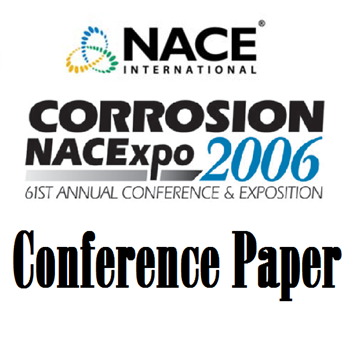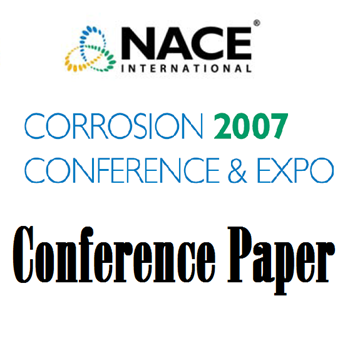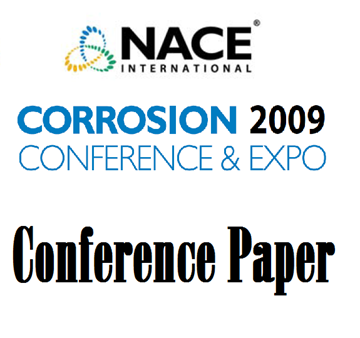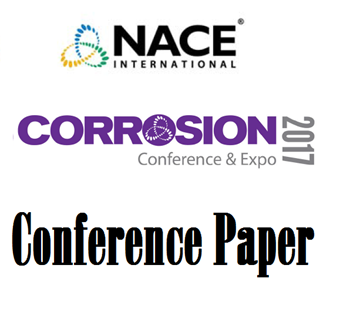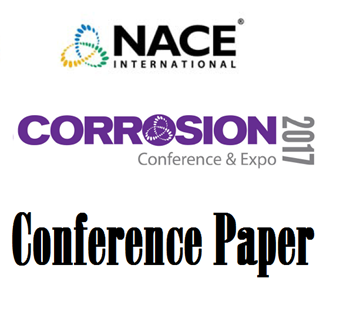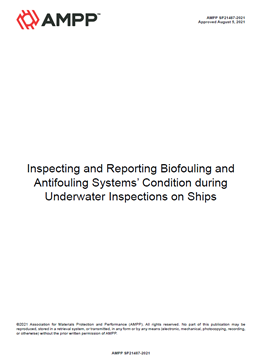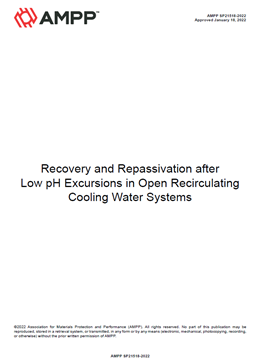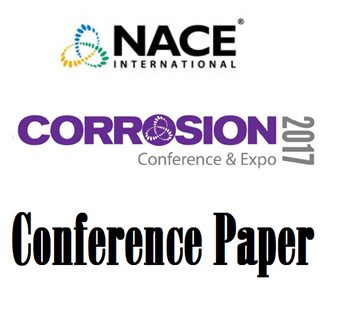Search
Products tagged with 'biofouling'
View as
Sort by
Display
per page
04298 Corrosion Evaluation of a High Performance Cu-Based Alloy for Seawater Applications
Product Number:
51300-04298-SG
ISBN:
04298 2004 CP
Publication Date:
2004
$20.00
06516 EVALUATION OF ANTIFOULING COATINGS PERFORMANCE TO PROTECT CARBON STEEL AGAINST MIC AND BIOFOULING IN POLLUTED SEAWATER
Product Number:
51300-06516-SG
ISBN:
06516 2006 CP
Publication Date:
2006
$20.00
07434 Efficacy of Bromochlorodimethylhydantoin against Legionella pneumophila in Industrial Cooling Water Systems
Product Number:
51300-07434-SG
ISBN:
07434 2007 CP
Publication Date:
2007
$20.00
09059 Efficacy of Isothiazolone Biocide versus Sulfate Reducing Bacteria
Product Number:
51300-09059-SG
ISBN:
09059 2009 CP
Publication Date:
2009
$20.00
51317--9483-DNA Based Diversity Analysis of Microorganisms in Industrial Cooling Towers
Product Number:
51317--9483-SG
ISBN:
9483 2017 CP
Publication Date:
2017
$20.00
51317--9571-Reflections on 70 Years of Marine Corrosion Research and Testing Inspired by Francis L. LaQue
Product Number:
51317--9571-SG
ISBN:
9571 2017 CP
Publication Date:
2017
$20.00
AMPP SP21487-2021, Inspecting and Reporting Biofouling and Antifouling Systems’ Condition during Underwater Inspections on Ships
Product Number:
AMPP SP21487-2021
Publication Date:
2021
$109.00
AMPP SP21518-2022, Recovery and Repassivation after Low pH Excursions in Open Recirculating Cooling Water Systems
Product Number:
AMPP SP21518-2022
Publication Date:
2022
$109.00
Development of Copper Alloys for Seawater Service from Traditional Application to State-Of-The Art Engineering
Product Number:
51317--9382-SG
ISBN:
9382 2017 CP
Publication Date:
2017
$20.00
Microbiological Profile and Risk Exposures in Topside Production Systems of FPSOs in West Africa
Product Number:
51322-18017-SG
Publication Date:
2022
$20.00
NACE Publication 11206-2006-SG, Biocide Monitoring and Control in Cooling Towers
Product Number:
24230-SG
ISBN:
NACE Pub 11206
$109.00
Novel Heat-Conducting “Metallic” Coatings Against Biofouling And Biocorrosion
Product Number:
51322-18178-SG
Publication Date:
2022
$20.00
- 1
- 2

